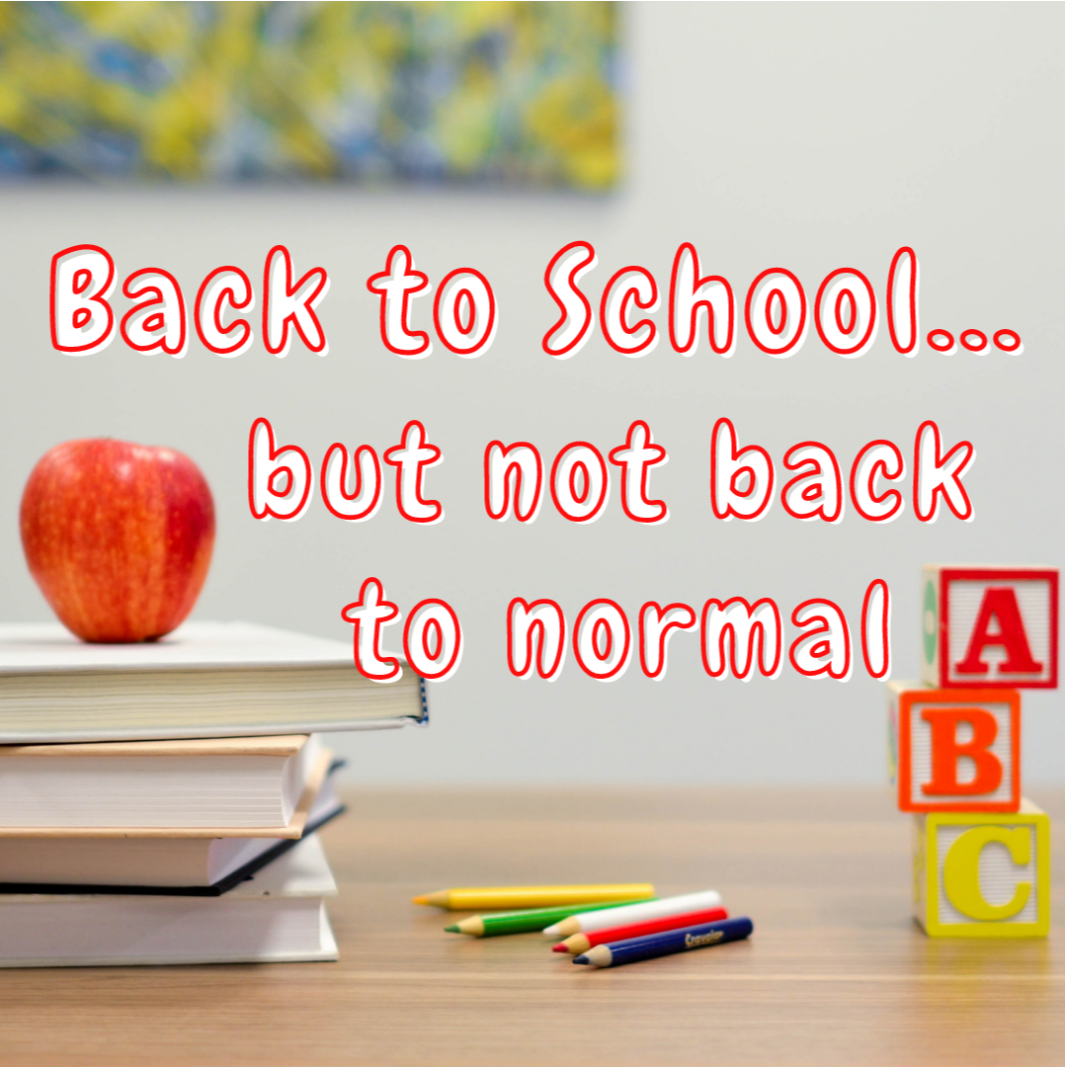by Suzanne Meade
September—it evokes a sense of new. New notebooks, new pencils, new backpack. As a teacher, back-to-school season is a time of change, nervousness, and excitement as everyone adjusts to a new routine. This year is no different. Except that in many ways, it’s very different.
The past eighteen months have been unprecedented in our lifetimes. Everyone had to shift, sometimes more than once. For many of us this caused greater anxiety. We felt isolated, we struggled managing the whole family at home while juggling work and school. A lot of parents and students are dealing with the fear that children have fallen behind due to the disruptions.
Despite the best efforts of parents and educators, many students are going to have learning gaps. They may not have fully grasped math concepts taught through a screen. Their reading skills may not have progressed as quickly as we hoped or expected. However, that doesn’t mean that they are behind or that we need to be overly concerned. Many students have developed other skills during the pandemic: creativity, adaptability, and new technological skills. Often, children have been able to take more time to pursue hobbies and personal interests, or have spent more time with their immediate family. All of this matters in their growth and development, too.
With the return to more “normal” in-person school in most parts of Canada this fall, teachers are preparing to meet students where they are and to work with them to help fill in any gaps. The truth is, there are always students with varying abilities and understanding in any class group. This year might see more diversity, but it’s something that teachers are already used to planning for.
As we begin a new school year, let’s focus on making sure the students feel safe and supported first. This is important for both parents and school staff. We can provide routines and expectations as well as reassurances that teachers are doing everything we can to keep them safe and healthy in our classrooms. Then we’ll tackle the academic skills.
Communication between home and school is always key to helping students grow and learn. This year, it’s likely to be even more important. Remember—we’re all on the same team wanting children to be successful. With a bit of time, patience, and fun, I expect that things will fall into place for most students, and that both teachers and students can get back to enjoying the new.

Suzanne Meade is a Canadian author specializing in historical fiction. As a member of the LGBTQ+ community, she is passionate about telling stories that connect with girls, women, and marginalized communities. In her spare time, she enjoys genealogy, yoga, reading, watching sci-fi, fantasy, and superhero movies, and playing video games. She currently teaches elementary school French and lives with her family and pets in Hamilton.



